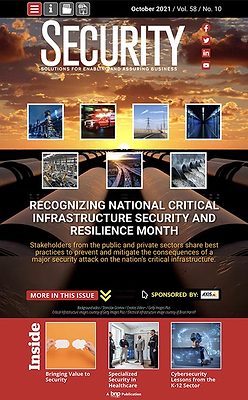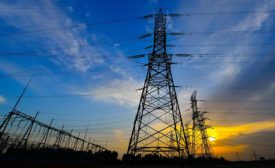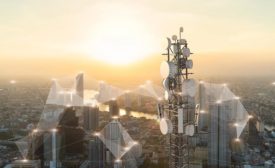Home » Publications » Security Magazine
Security Magazine

2021 October
Cover Story
Back to TopSpecial Report – Critical Infrastructure
The critical infrastructure public and private sector can look to America’s electric companies for a holistic approach and partnership on supporting essential improvements to security posture and culture.
Read More
Special Report – Critical Infrastructure
Combatting security threats to our nation’s critical water infrastructure
Given the ever-evolving and multi-faceted threat landscape, sharing and collaboration are essential to water and wastewater security and resilience.
October 8, 2021
Special Report – Critical Infrastructure
Cyber-physical security in an interconnected world
Together, cyber and physical assets represent a significant amount of risk to physical security and cybersecurity — each can be targeted, separately or simultaneously, to result in compromised systems and infrastructure.
October 6, 2021
Special Report – Critical Infrastructure
GridEx: How exercising response and recovery supports grid reliability
GridEx has grown to be the largest distributed play exercise of its kind in North America, serving as a critical benchmark that maximizes the ability of organizations to coordinate with neighboring utilities and reliability coordinators to effectively exercise and address grid reliability issues.
October 7, 2021
Featured Articles
Back to TopCase Study
Inova Health System builds a specialized security team for behavioral health
Inova Health System began a Behavioral Health Officer program several years ago with the goal of creating a specialized group of security personnel to reduce workplace violence incidents. Since then, the program has grown, evolved and proven its value to the organization many times over.
October 13, 2021
Special Report – Critical Infrastructure
Protecting the energy grid is a team sport
The critical infrastructure public and private sector can look to America’s electric companies for a holistic approach and partnership on supporting essential improvements to security posture and culture.
October 5, 2021
Special Report – Critical Infrastructure
A resilience framework for the future
Mitigate the consequences of risks and disruptions that materialize by making disaster resilience a priority in security programs.
October 4, 2021
Columns
Back to TopCyber Tactics
Emerging technology, evolving threats — Part III: 5G and the new surfaces and strategies
October 11, 2021
Security Talk
Critical infrastructure: The critical industry everyone must protect
October 4, 2021
Sign-up to receive top management & result-driven techniques in the industry.
Join over 20,000+ industry leaders who receive our premium content.
SIGN UP TODAY!Copyright ©2025. All Rights Reserved BNP Media.
Design, CMS, Hosting & Web Development :: ePublishing





















